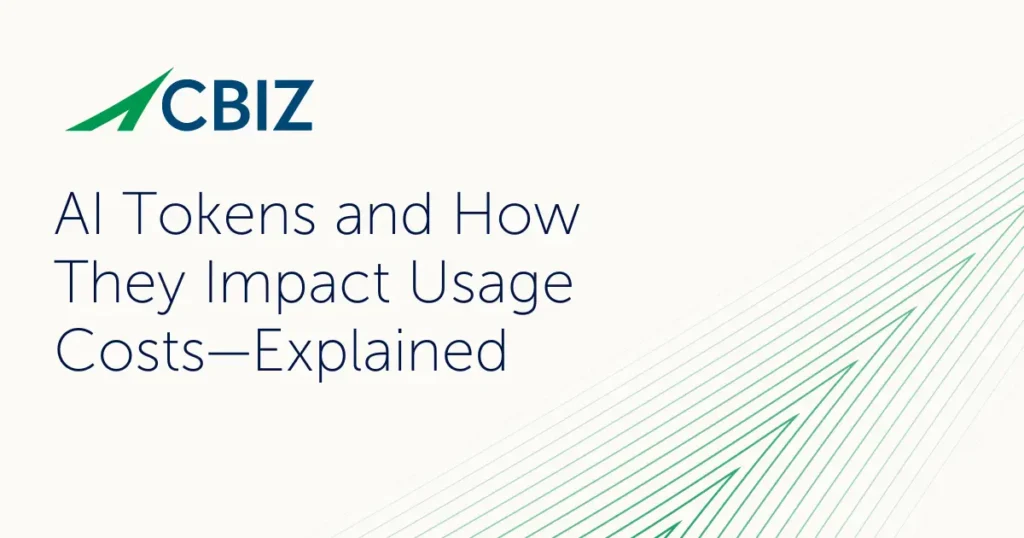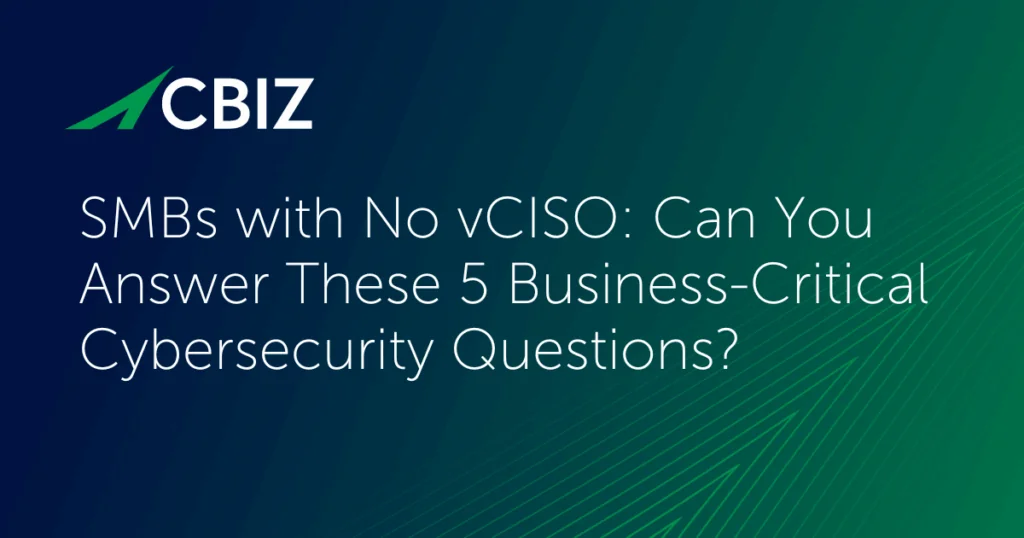Last Updated on December 26, 2025
Swarm AI is an emerging form of AI that imitates the collective behavior of decentralized systems in nature, such as bee hives, ant colonies, flocks of birds, and schooling fish. These “leaderless” systems include many individuals that manifest complex, adaptive responses to challenges in the environment based on simple rules and local data. Input from a single individual can immediately alter the collective behavior.
Innovators are applying swarm AI in various problem domains, including cybersecurity. This article introduces swarm AI and overviews several of its most promising cybersecurity use cases, including its central role in the Naoris Protocol, a blockchain-based decentralized cybersecurity mesh application.
What is swarm AI in cybersecurity?
As an AI form optimized for collective learning, analysis, and decision-making, swarm AI operates across a network or mesh of nodes/endpoints that individually can process, create, and transmit data. The mesh can immediately share data predefined as relevant across its endpoints, enabling individual nodes to interpret and respond to input from peers without the need for a centralized data source.
Blockchain technology facilitates swarm AI by enabling decentralized endpoints or edge nodes to share cybersecurity data in a trusted manner without endangering the privacy or security of whatever data each node holds—a major benefit in healthcare, financial, and other regulated environments, as well as for cybersecurity itself.
What are some benefits of swarm AI for cybersecurity?
When individual devices within a mesh can identify and securely share critical cybersecurity data with peers, the entire network becomes more adaptable and agile in response to potential attack signals.
Benefits of swarm AI solutions can include:
- Data protection—Swarms can share critical data without compromising its confidentiality or integrity.
- Decentralization—Swarm AI nodes can act collectively or individually with no need for centralized control or communication.
- Scalability—Swarm AI can operate over vast networks.
- Robustness—Swarm AI can weather or recover from attacks, IT failures, and other degradations.
- Responsiveness—Swarm AI nodes can react in real-time to local threats.
- Efficiency—Swarm AI can dynamically optimize network performance and resource utilization while combatting a cyber-attack.
- Flexibility—Swarm AI can respond rapidly to a wide range of conditions impacting any node in the mesh.
- Continuous improvement—Swarms can learn and reorganize to address problems and collectively complete tasks even when individual nodes cannot.
Swarm AI in network cybersecurity
Swarm AI can enhance network cybersecurity by deploying swarm “agents” to monitor the network for threats and detect and respond to attacks. These device-based agents form a decentralized mesh that can adapt to changing local network conditions, learn from feedback, and continuously improve their performance and capability.
Opportunities for swarm AI applications for network cybersecurity include:
- Swarm-driven intrusion detection systems (IDS), in which swarm AI agents analyze network traffic, identify abnormal or risky conditions, and propagate alerts.
- Honeypot systems to bait attackers and collect data about attack vectors.
- Swarm-based attack countermeasures that can rapidly block, quarantine, and/or redirect attacks or launch counterattacks.
Strengthen Your Network Security Posture →
Swarm AI for cyber threat intelligence
Cyber threat intelligence (CTI) is a key defense against sophisticated and novel cyberattacks. Swarm AI can help optimize CTI processes to make them more efficient and effective.
For example, swarm AI agents can collaborate iteratively to work on ongoing issues like optimization. By adapting based on feedback, the agents collectively move towards an optimal result. Further, swarm AI’s dynamic, distributed nature mirrors that of cyber threats.
Swarm AI is also well suited for aggregating and integrating distributed inputs to heighten situational awareness. It can potentially identify related threat indicators across widespread network data points, driving holistic threat identification and response. Using swarm AI for attack detection in IoT networks is an emerging use case.
Swarm AI in the Naoris Protocol
One of swarm AI’s most mature use cases is within the Naoris Protocol, a blockchain-based decentralized cybersecurity mesh application whose ultimate goal is to eliminate the threat of cybercrime on a global scale.
According to Naoris Protocol’s website:
The Decentralized Swarm AI is a fundamental component of the Naoris Protocol’s Sub-Zero Layer, a decentralized infrastructure that enhances the security, reliability, and trustworthiness of systems, processes, services, operating systems, and APIs across both Web2 and Web3 ecosystems. By leveraging the power of swarm intelligence and machine learning, the Decentralized Swarm AI enables the Naoris Protocol to provide a new standard of transparency, trust, and operational resilience in an increasingly complex and interconnected digital landscape.
Within Naoris Protocol, swarm AI functionality provides “continuous dynamic measurement” of data from devices, systems, and services on the network. By ceaselessly collecting and evaluating ambient data, the swarm AI keeps constant watch on the health, performance, and trustworthiness of blockchain components.
Naoris Protocol’s swarm AI is enabled through the deployment of autonomous software agents. These collect system metrics such as network traffic and resource utilization data, while cataloging operational events. This data is then transmitted to Naoris Protocol’s decentralized network of validator nodes for analysis.
Naoris Protocol’s swarm AI capabilities allow users to directly query the mesh regarding cybersecurity patterns in ways that are extremely difficult for centralized network security architectures. Examples include:
- What is the biggest risk that has been detected on the network in the past 12 hours?
- How many times has potentially malicious event X happened on the network in the past 2 weeks, and where?
Can swarm AI learning improve AI trustworthiness?
In a blockchain-enabled context such as Naoris Protocol, swarm AI’s learning activity is transparent and trustworthy. Each node/data source is trusted, and all status data is tracked on-chain. The accuracy of responses to queries can also be validated on-chain.
This is in direct contrast to the longstanding problem of untrustworthiness with many AI models as regards problematic training data, bias in responses, tampering with results, and so on.
As a decentralized machine learning approach, swarm AI learning leverages edge computing and blockchain technology to support peer-to-peer collaboration and information sharing. Swarm AI learning enables multiple nodes or agents to share “data insights” without exchanging the actual data, which disperses the benefits of collective learning while protecting data security and privacy.
As exponentially more data volumes are aggregated and processed at the network edge, the data’s value increases when it is shared to yield a collective view. But sharing data in conventional network architectures can introduce cybersecurity and privacy compliance risks. Because swarm AI learning is based on shared insights—not protected source data—swarm learnings can be securely exchanged across network locations, both within and between organizations.
An inherent benefit of swarm AI learning is that it can improve the accuracy and trustworthiness of other AI models. When AI models have access to only limited data, such as data from a single organization, this tends to create biases in the models. With swarm AI learning, AI trainers can potentially combine a company’s proprietary data with data insights from other organizations’ decentralized mesh environments to increase accuracy and decrease bias.
Assess Your Architecture Security Risks →
What’s next?
For more guidance on this topic, listen to Episode 143 of The Virtual CISO Podcast with guest David Carvalho, Founder, CEO, and Chief Scientist at Naoris Protocol.
Download Your CMMC V2 Guide Now    |



























